Design Thinking with AI
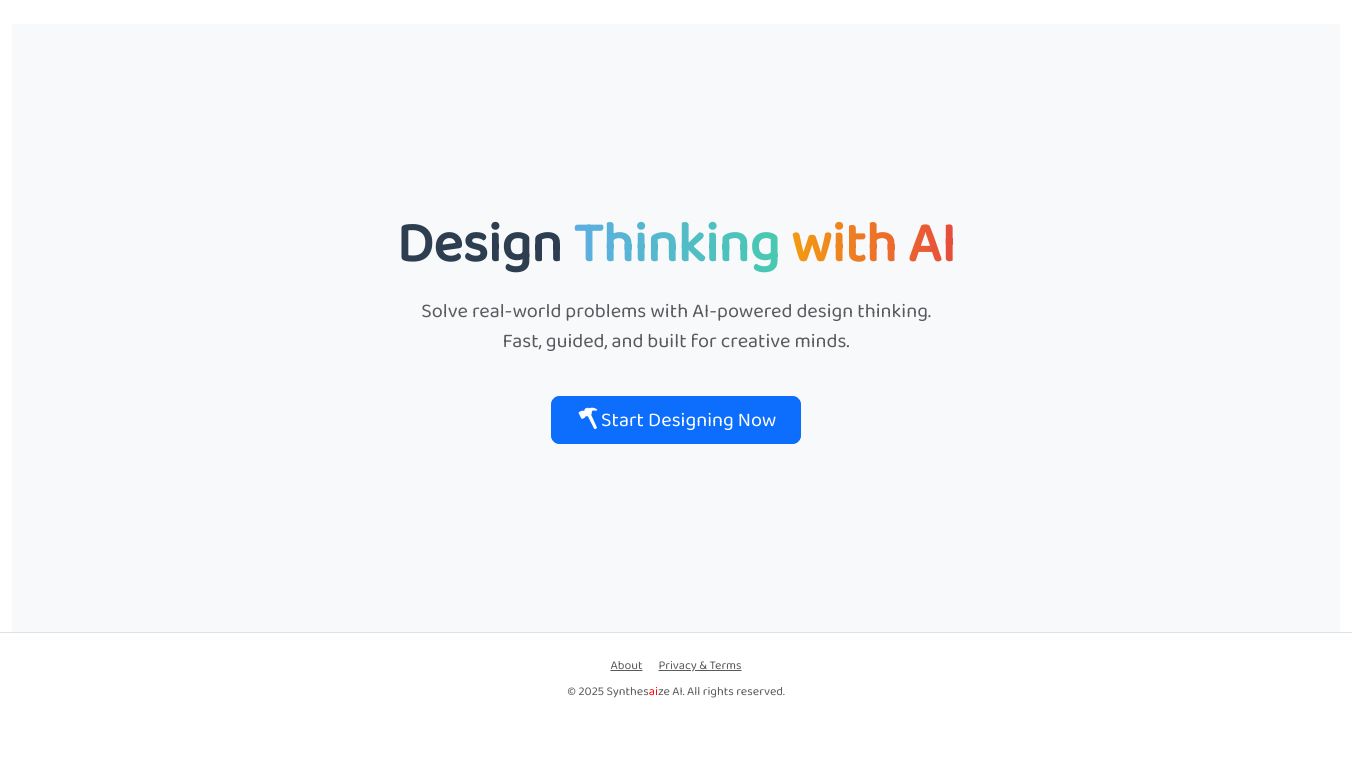
Design Thinking with AI: A New Era of Innovation
Design Thinking with AI is a cutting-edge approach that combines the creative problem-solving framework of design thinking with the analytical power of artificial intelligence. This fusion aims to enhance innovation by leveraging AI's ability to process vast amounts of data and identify patterns, while maintaining the human-centric focus of design thinking. The goal is to create solutions that are not only innovative but also deeply empathetic and user-centric.
Benefits
Enhanced Creativity and Skill Amplification
By integrating AI with design thinking, creativity is elevated, and the skill set of designers is amplified. AI can swiftly analyze vast data from diverse sources, providing unique insights, patterns, and trends that might elude the human eye. This leads to novel discoveries and innovative solutions that traditional methods might not achieve.
Democratization of Design
AI-driven tools make it feasible for individuals without specialized design backgrounds to create high-quality prototypes quickly. This democratization of design fosters a more inclusive design landscape, where creativity is not limited by traditional skill sets.
Efficiency and Independence
AI can handle routine and time-intensive tasks like data analysis and pattern recognition, freeing designers to focus on more complex and value-driven aspects of their work. This not only boosts productivity but also reduces the need for external expertise, making teams more self-reliant.
Broader Perspective and Bias Mitigation
AI offers a broader, more nuanced perspective by uncovering hidden patterns and addressing potential biases. This ensures a holistic view of design challenges, encompassing diverse perspectives and potential pathways.
Strategic Decision-Making
AI's predictive capabilities enable teams to envision potential future scenarios, making strategic decisions that set projects on a path to success. Real-time feedback from AI tools helps teams swiftly grasp and respond to the potential ramifications of their choices.
Balanced Human-AI Collaboration
Striking the right balance between AI efficiency and human empathy ensures that technological insights are enriched with human emotions, values, and experiences. This balance is crucial for creating solutions that resonate deeply with users.
Use Cases
Product Development
Design Thinking with AI can be used to develop new products by analyzing user needs and market trends. AI can generate a wide range of design options, allowing teams to explore innovative pathways and create products that meet user requirements more effectively.
Service Innovation
In the service industry, AI can help design thinking teams identify areas for improvement by analyzing customer feedback and behavior data. This leads to more user-centric services that enhance customer satisfaction and loyalty.
Business Model Refinement
AI can assist in refining business models by providing insights into market trends and consumer behavior. This helps organizations stay competitive and adapt to changing market conditions.
Healthcare Solutions
In healthcare, Design Thinking with AI can be used to develop innovative solutions that improve patient care. AI can analyze vast amounts of medical data to identify patterns and trends, leading to more effective treatments and better patient outcomes.
Educational Tools
AI can enhance educational tools by personalizing learning experiences based on student data. Design thinking ensures that these tools are user-friendly and meet the unique needs of students, making education more accessible and effective.
Additional Information
Design Thinking with AI is part of a broader trend in innovation and strategy. As AI continues to advance, its integration with design thinking processes promises to enhance decision-making, streamline operations, and foster more impactful innovation. Organizations that embrace this approach can gain a competitive edge by leveraging the transformative potential of AI in design thinking.
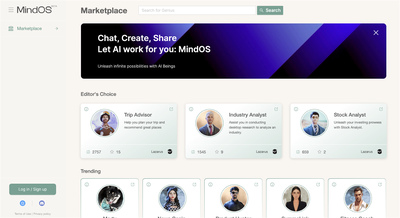
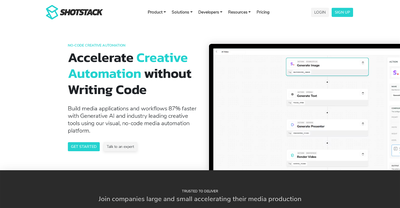
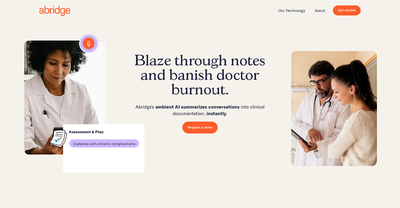
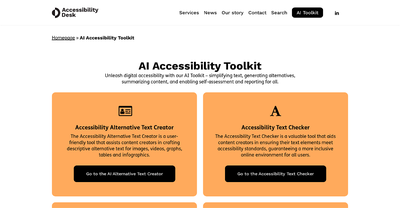
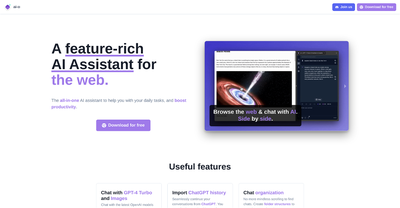

Comments
Please log in to post a comment.